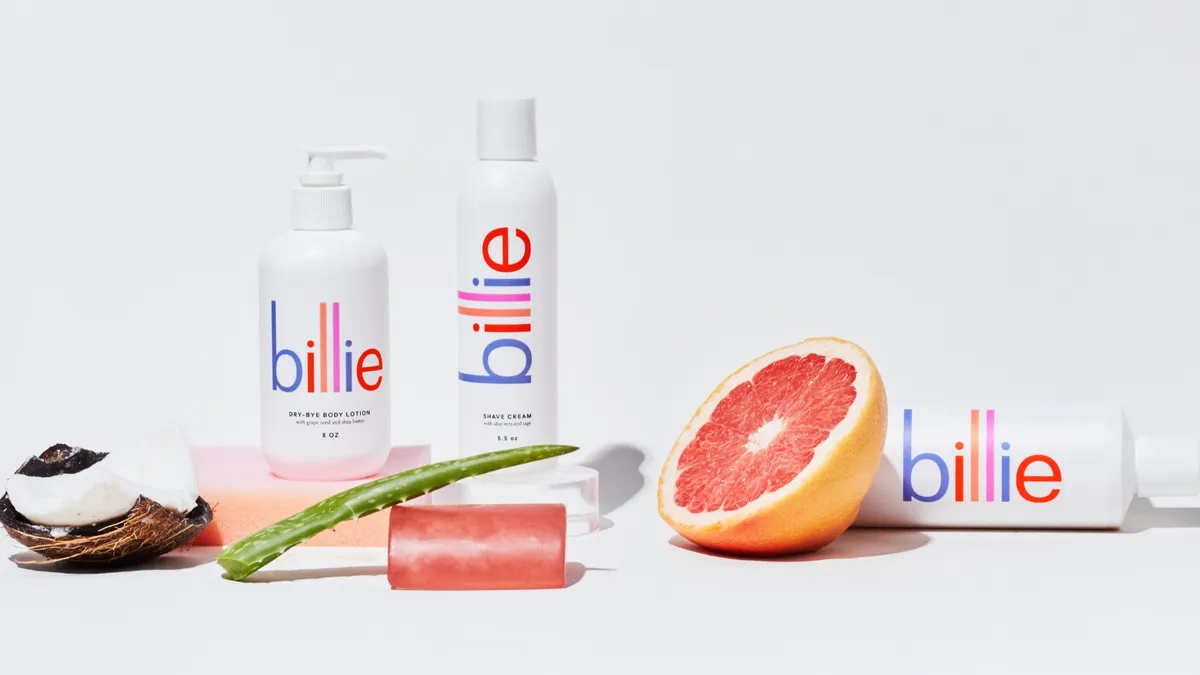Some marketers define content marketing as a channel unto itself alongside email, social media, print and more. Others just view content marketing as a tactic that fits into an overall multi-channel strategy. No matter how content marketing is viewed, however, almost every marketer would agree that it is a key aspect of successful marketing in today’s customer-focused digital world.
One potential issue with content marketing that can get overlooked while creating and distributing creatives is content theft. Rami Essaid, co-founder and CEO of Distil Networks, described two main problems that can happen when content is stolen – skewed analytics and SEO damage.
Having skewed analytics is never good. When marketers are making decisions based on performance metrics of different marketing pieces, such as content on the website, anything that affects those measurements directly impacts the accuracy of those decisions.
SEO damage from content theft is a problem that can have a more direct impact on one of the most valuable marketing assets – the website. Content scrapers can hit a website, "scrape" content like white papers, blog posts, videos and more and repost that content to their own websites. This, in turn, leads to skewed analytics because marketers can’t capitalize on every person engaging with their content when it’s being found on someone else’s website. In a way, it's a vicious cycle.
And worse, there are SEO implications because that content now becomes duplicate content as far as search engine crawlers are concerned. Essaid said the scraped version of your content might outrank that same content on the original website. And in a worst-case scenario, if the content is scraped quickly, search engine crawlers might find the scraped content first and actively penalize the original content as the duplicate, giving the marketer whose content has been stolen a serious SEO hit.
"Although marketers spend huge amounts of time and money on their SEO efforts, studies have shown that stolen content can be used to easily hijack keywords and even surpass original content in SERPs," he said. At Distil Networks, the company works as a cloud security provider that blocks malicious bots and automated programs from attacking websites.
A study from last month by RiskIQ in conjunction with Digital Citizen’s Alliance, "Digital Bait," uncovered another threat from stolen content – malware. The research uncovered that Internet users were 28% more likely to get malware from content theft websites. And according to RiskIQ, this is big business with content thieves making around $70 million a year from allowing malware distributors to place malicious code on their websites.
"Competitors, fraudsters, and other nefarious actors frequently use bots to automatically steal content and use it to usurp your SERP placements, stealing potential inbound traffic and thus undermining all of your marketing efforts," Essaid warned.
What marketing content gets stolen and what can be done about it
Different business sectors face different content theft threats, but essentially any type of publicly available content can be scraped and stolen.
Essaid pointed out that e-commerce companies might have pricing, product reviews and vendor and product listings scraped. Online publishers and directories face theft of unique content including listings, articles, research and more. Content theft on travel websites might involve room or flight listings, unique editorial content and user-generated reviews.
"Think about what content is valuable to your website. That’s the same content that is valuable to scrapers," he said.
In order to meet the content theft threat head-on, Essaid said the first step is to get a firm grasp of the problem.
"In our experience, most companies lack the tools necessary to really understand the scope of the bot problem they are facing," he explained. "The bots which perform these types of attacks are different from other threats – they aren’t triggering security mechanisms, and because they appear as humans in logs and analytic tools, they don’t leave easy to find audit trails."
He added that taking on content theft through legal or homegrown solutions are often time consuming, expensive and ineffective. The best method is through tools or services that specialize in IDing content scrapers and bots as well as finding duplicate content around the Internet. Examples of tools that can be used to identify stolen content include Copyscape and Searchlight.
Technology means content theft will remain on ongoing problem
Turnkey content scraping software is readily available as scraping-as-a-service platforms for rent on the Dark Web, as well as scrapers-for-hire found on freelance job sites. This makes the barrier for entry for would-be content lower than ever, according to Essaid.
Bots also remain a main issue for content theft and beyond.
"Bots are enabling automation on the internet in a way we’ve never seen before. This automation powers advances we’ve come to love such as mobile apps, and the Internet of Things," he said.
Bot technology is empowering cyber criminals to misuse and abuse websites in what Essaid described as "at scale in an unprecedented way."
"The same bad bots which perform content theft also create many other negative business impacts," he explained. "Some of these impacts are related to IT security like Web application attacks or brute force attacks. Others are fraud related such as account takeover, transaction fraud, and stolen credit card validation, and yet more are operational in nature such as website slowdowns, and downtime."
Content theft is an issue that marketers should be aware of to protect valuable content assets if nothing else. But, the bigger picture is content theft, ad fraud and malware – all issues impacting marketing in 2016 – are often tied together.


















